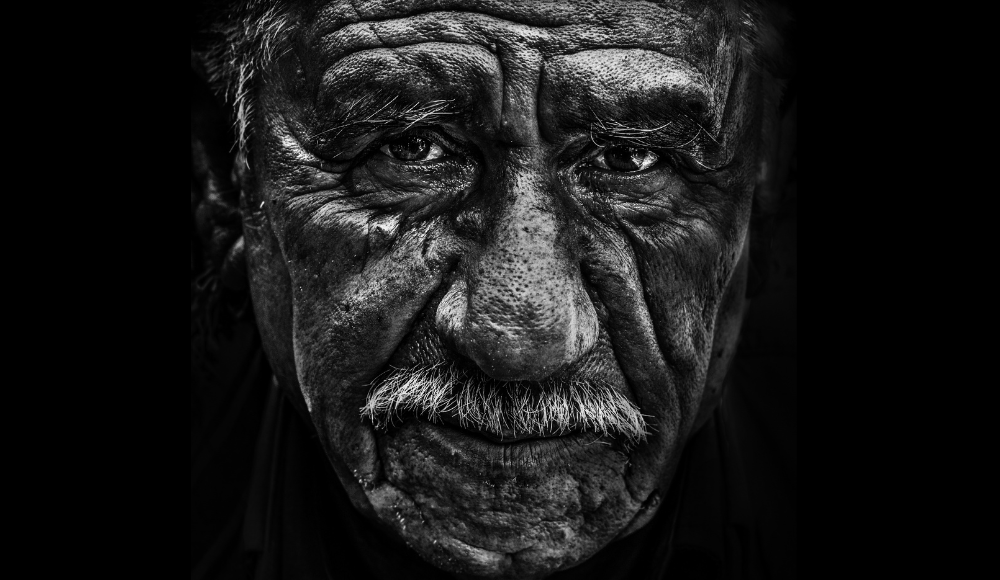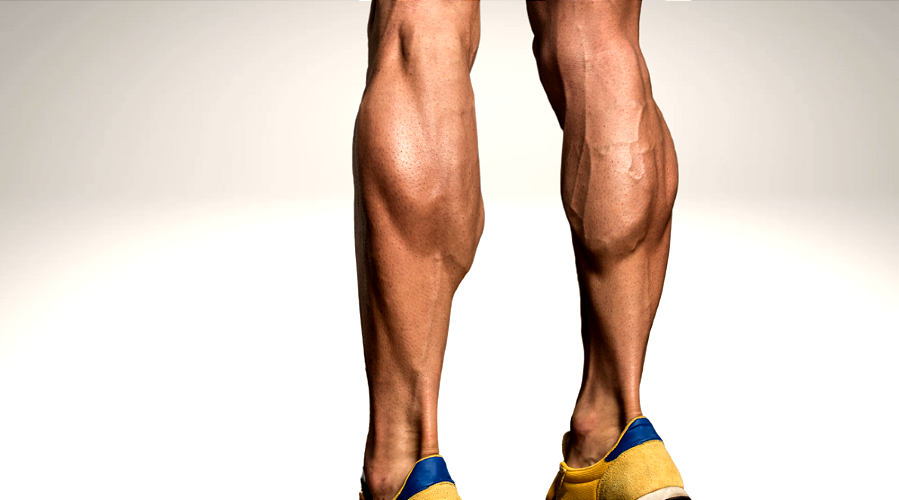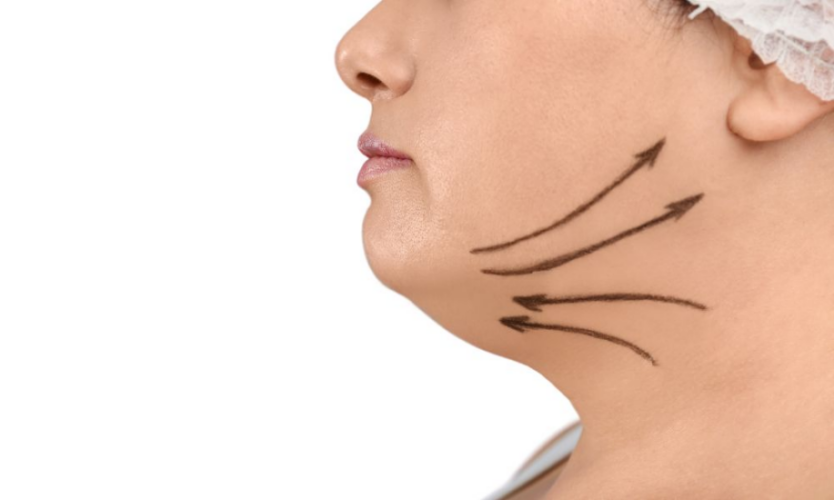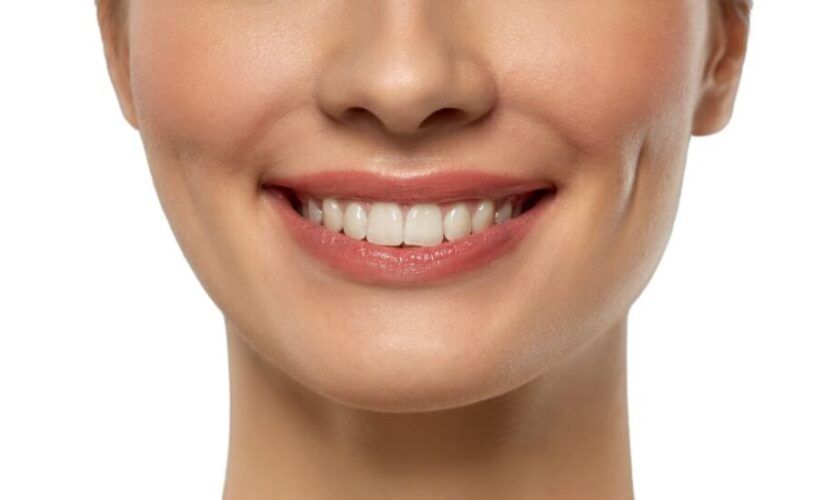Face rejuvenation with the use of botulinum toxin type A is one of the most common cosmetic procedures currently undertaken. The botulinum toxin type A acts by weakening muscles following targeting their respective nerve, hence it is known as nerve poison or neurotoxin. For various medical and cosmetic reasons, the botulinum toxin injection might be used. For face rejuvenation, small injections into specific muscles efface facial wrinkles that are dynamic. The effect of injection lasts for a few months and is temporary. It can also slow the formation of new lines by preventing the contraction of facial muscles.
It’s a minimally invasive procedure. It doesn’t involve incisions or general anaesthesia. A topical anaesthetic or ice can numb the treatment area if concerned about causing pain or discomfort.
The most common use of these injections is to temporarily relax the facial muscles that cause wrinkles in the forehead and around the eyes. Following are the areas usually aimed :
- Eyebrows – glabellar lines
- Forehead – horizontal lines
- Nasolabial folds
- Eyes (crow’s feet)- lateral canthal lines
- Lips – perioral rhytides
- Chin
- Jawline
- Neck – platysmal bands
Botulinum toxin type injections are also used to treat conditions affecting bodily functions. Examples include:
- overactive bladder
- excessive underarm sweating
- lower limb spasticity
- chronic migraines
During the procedure, a thin needle is used to administer 3-5 injections of botulinum toxin type A to the targeted area.
During injection, the potential for bruising can be reduced by advising patients to avoid medications that inhibit clotting, such as vitamin E, aspirin, aspirin-containing products, and non-steroidal anti-inflammatory drugs, for a period of 10 to 14 days before treatment.
Dos and Donts
Avoid rubbing, massaging, or applying any pressure to the treated area as these actions can cause the botulinum toxin to spread to other areas of the body thereby affecting the results.
You should be able to resume normal activities immediately in most cases.
Individuals should have realistic expectations and to know the possible improvement. It takes 1-2 days post-treatment to show the effect on targeted areas. The full effect of botulinum toxin typically lasts up to four to six months. It can also help prevent the return of fine lines by relaxing the muscles.
Additional botulinum toxin injections can be administered to maintain your results.
Botulinum toxin’s risks or side effects?
Minor bruising or discomfort may occur but should improve within a few days. Other side effects may include:
- swelling or drooping in the eyelid area
- tiredness
- headache
- neck pain
- double vision
- dry eyes
- allergic reactions, such as rash, itching, or asthma symptoms
Contact your provider immediately if any of these side effects occur.
Botulinum toxin injection is a simple and quick procedure, although the clinician should be experienced with thorough knowledge of its application, indications, contraindications, risks, benefits and side effects.
Consult a board-certified plastic surgeon to know about it and how it can be individualised for your benefit.







